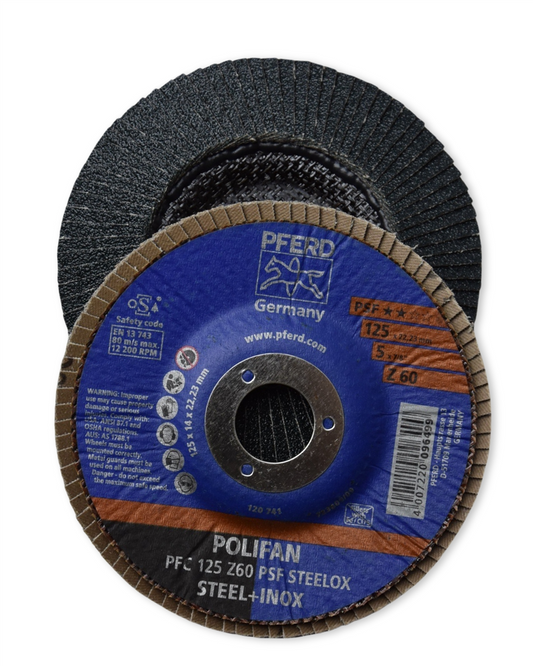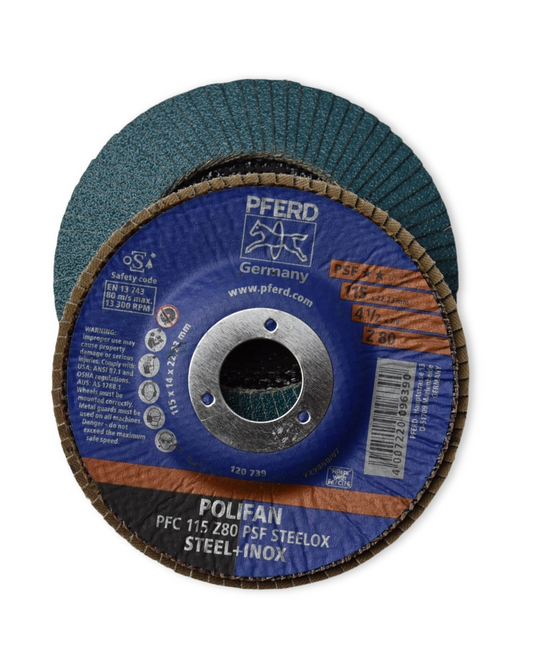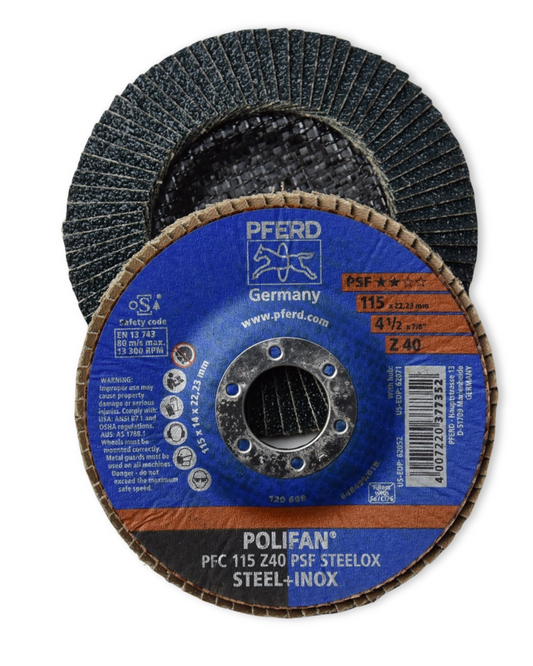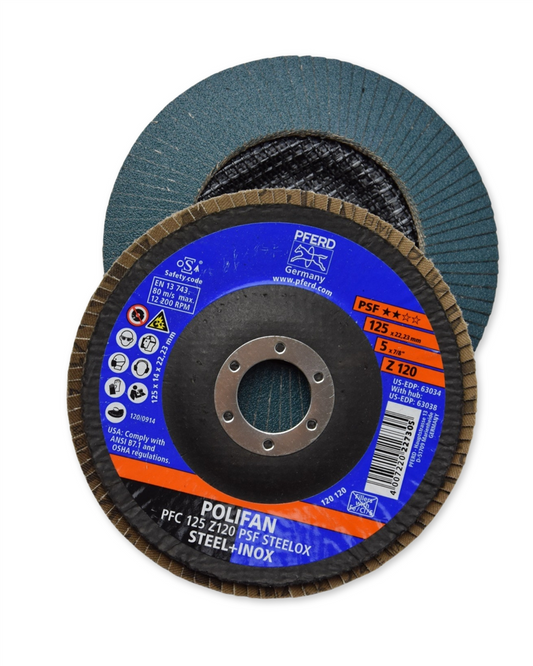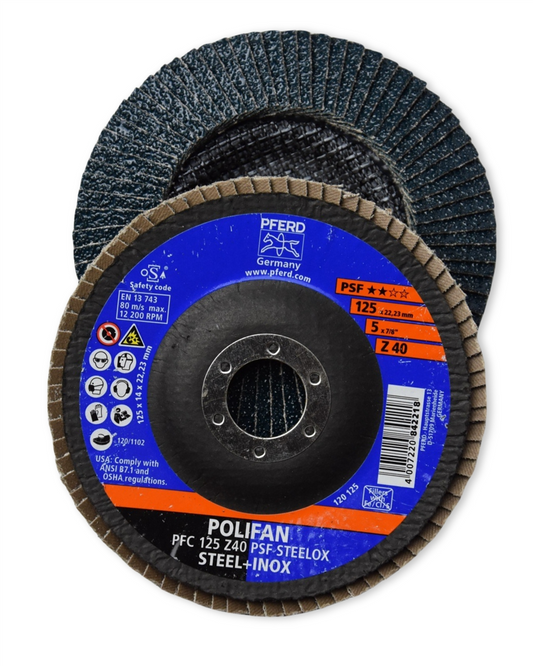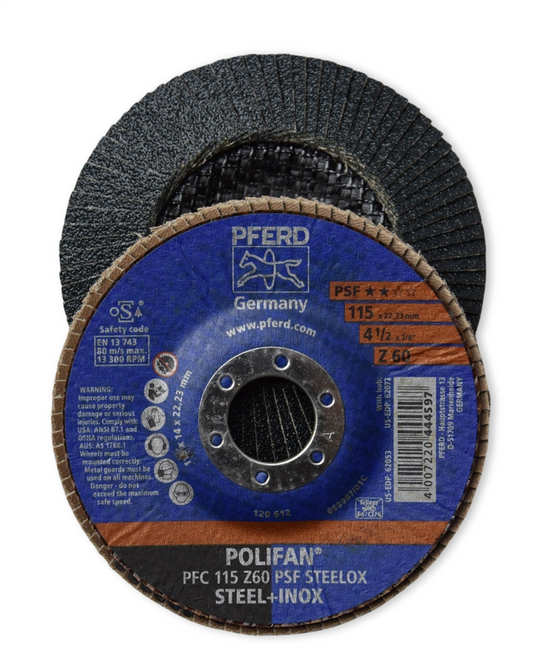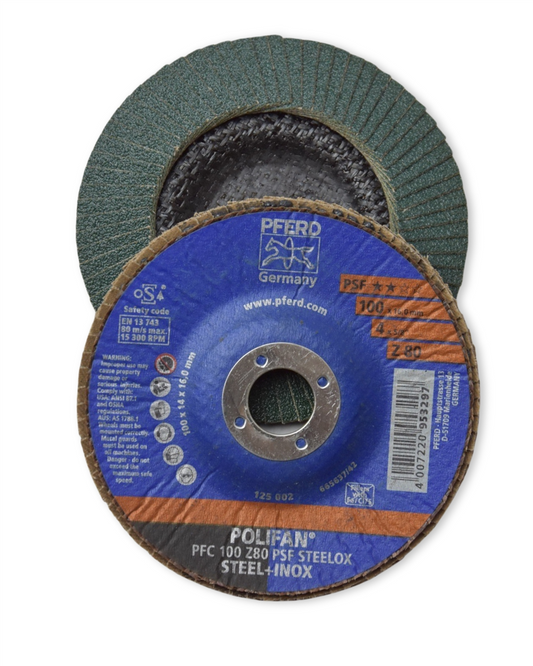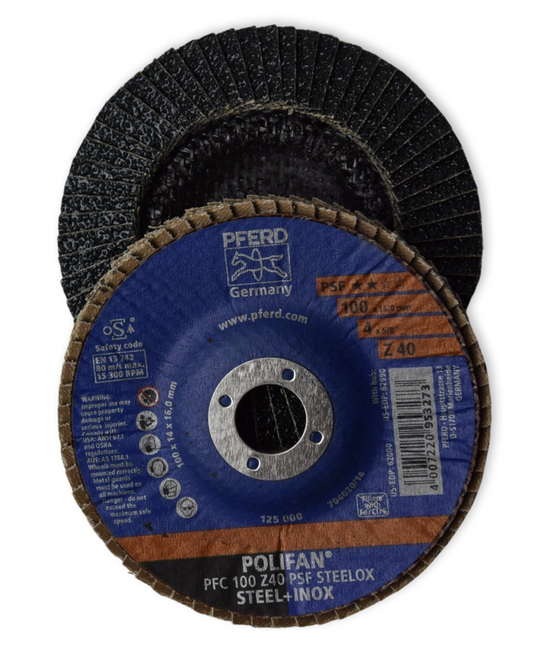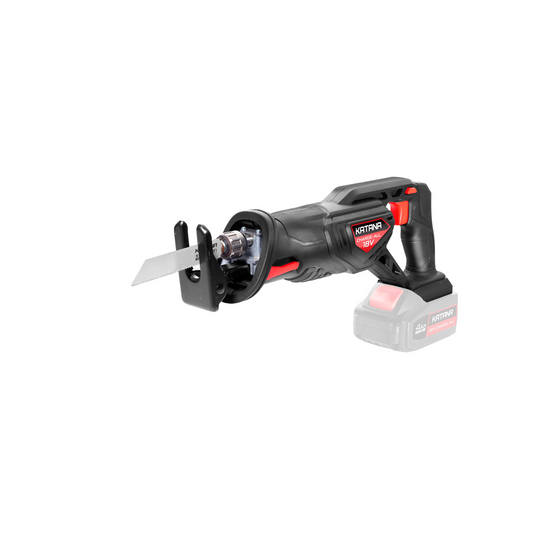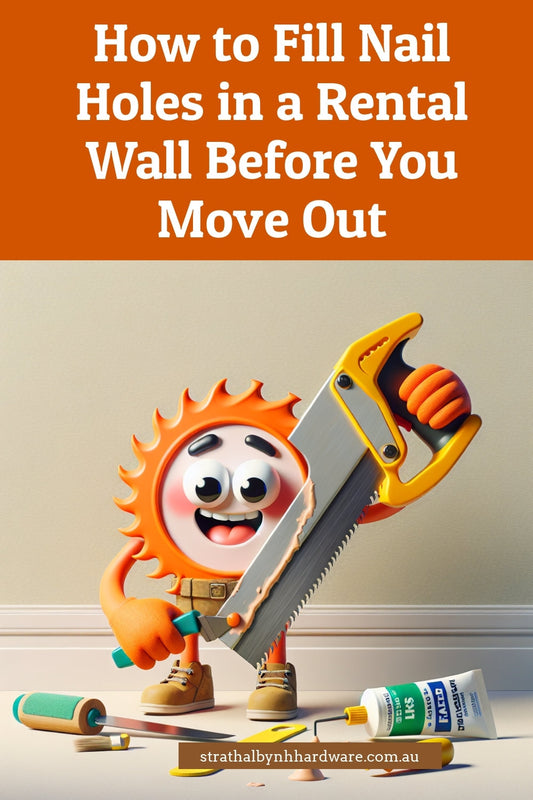How to pest-proof your shed and workshop
Share
Say Goodbye to Unwanted Guests: How to Pest-Proof Your Shed and Workshop
Let’s have a yarn about something that doesn’t often top the priority list but probably should—keeping critters out of your shed and workshop. Whether it’s spiders spinning cobwebs in your toolboxes, rodents nibbling through seed packets, or ants hosting family reunions in your storage corners, one thing’s for sure—they didn’t get the invitation.
If you’ve ever reached for the bait box only to find a cheeky mouse had already helped itself to half the contents or opened a drawer only to jump back from a slithery surprise, you know exactly why pest-proofing isn’t optional. It’s necessary.
Your Shed Is a Magnet for Unwanted Visitors—Here's Why
Think about what lives out there—sacks of chook feed, timber offcuts, old gumboots, and probably a few spider-hosted corners. To rodents, spiders, insects, and even snakes, that’s five-star real estate.
Sheds and workshops are dark, quiet, and often left alone for long stretches. Add a corner that collects dampness, and you’ve got the kind of environment that pests adore. The challenge then becomes how to keep these unwelcome tenants from settling into their country retreat.
Start at the Edge: Keep the Perimeter Clear
Pests need shelter and cover to sneak in. Start by clearing long grass, weeds and overgrown foliage from around the shed. Regularly trim and tidy garden beds to remove hiding spots, particularly near entrances.
Never stack firewood or old timber right up against the walls. Not only is this packaging heaven for termites and rats, but it makes pest trails even harder to spot from the outside.
Seal the Gaps Like You Mean It
So many shed woes start with that "tiny gap under the door" which somehow lets in everything from dust storms to snakes. You’d be surprised how much critter traffic you can cut off just by sealing things up right.
Weather seals along the base of doors and windows are a practical start. If you spot any cracks in walls or around vents, grab that gap filler and patch them tighter than a possum in a carrot patch. Mesh screens over drainage grates and vents will stop bigger pests in their tracks—while keeping airflow under control.
Fight Back With the Right Products
If prevention sets the scene, the right tools bring the finish. That's where things start to get satisfying.
For an easy proactive boost, something like the Brunnings barrier spray can create a solid barrier against creepy visitors. Just a quick whip around skirting boards, door frames and window ledges keeps all kinds of bugs second-guessing their choices.
When ants start turning your bench into a major highway, or cockies come out after dark, grab the chemical cavalry. Keep a trusty aerosol or baits nearby for the moments when you spot the early signs. Just remember to store products properly—your safety deserves the same protection as your shed.
Scent Defense—It’s a Real Thing
Some pests have ultra-sensitive sniffers, and they don’t love certain smells at all. Peppermint oil, eucalyptus spray, or citronella-based products make your space much less appealing. You can spray it with routine surface cleaners or keep soaked cotton balls tucked into sneaky corners. Your shed will smell great to you—but be utterly repulsive to pests.
Regular Cleaning Changes Everything
Let’s be honest—sheds tend to go from "practical workspace" to "random stash point" with the kind of speed that’d make you blush. But pests love clutter. The more stuff tucked away in dark corners, the more hidey-holes they have to call home.
Set a regular date with your broom, mop, and vacuum. Don’t just sweep around things—lift them up, check inside them, and make sure nesting areas don’t even get the chance to form.
Store food materials (like pet and livestock feed, seed packets or mulch) in sealed, tough plastic or galvanised containers. Mice will gnaw through weak lids without missing a beat, so don’t bother with the soft stuff.
A Word About Snakes (Yes, Really)
Here’s the one that gets everyone sitting up a little straighter—those slithery locals we all respect but don’t really want to meet face to face. Snakes often follow rodents, so less vermin means fewer snakes. Locking away grain, keeping rodents out, and clearing leaf litter makes your space less snake-friendly.
And if you happen to spot one in the shed? Don’t go full cowboy with a pitchfork. Leave it, shut the door, and call your local wildlife rescuer. Better safe than in brown snake territory.
Calling In Help: Trust the Blokes (and Sheilas) Who Know
If you’re staring down a mess and thinking, “No way am I sorting this alone,” you don’t have to. That’s what your local Strathalbyn H Hardware team is here for. Not just for picking the right traps or sprays—but for giving backyard-tested advice that works.
That includes guidance on pest-proofing timber sheds, under-house storage, feed rooms, and everything in between. Got an odd question about the difference between spider repellents and surface sprays? We’re your go-to.
Give Your Shed a Fighting Chance
When your shed's clear, locked down and pest-resistant, things just feel that much better. You're not wasting time tossing chewed-up gloves, or sorting through ant-covered shelves. You're getting stuff done—with confidence.
Because let’s face it. Out here, we’ve got enough to manage already. So give pests a strong send-off. Button up the gaps, clean with purpose, and choose the gear that's made to handle country living. Your shed, your rules.
Catch you at the hardware store!
— Candeece

Stay Connected
Follow our Facebook Page: Strathalbyn H Hardware on Facebook


